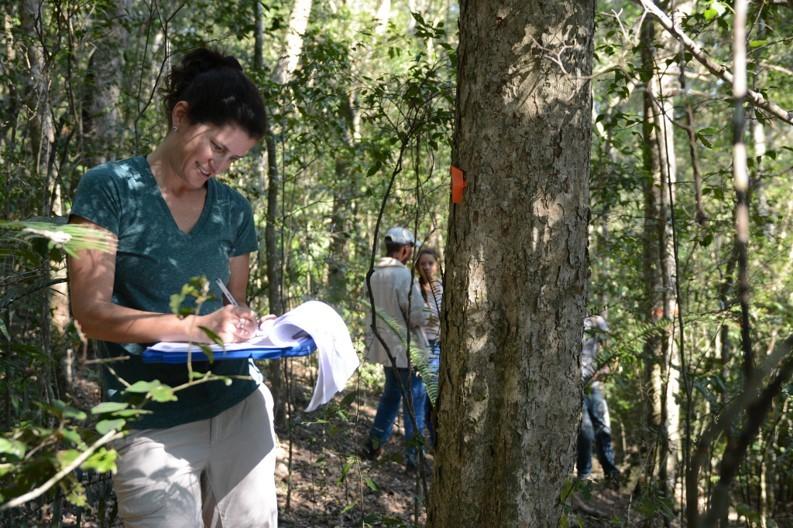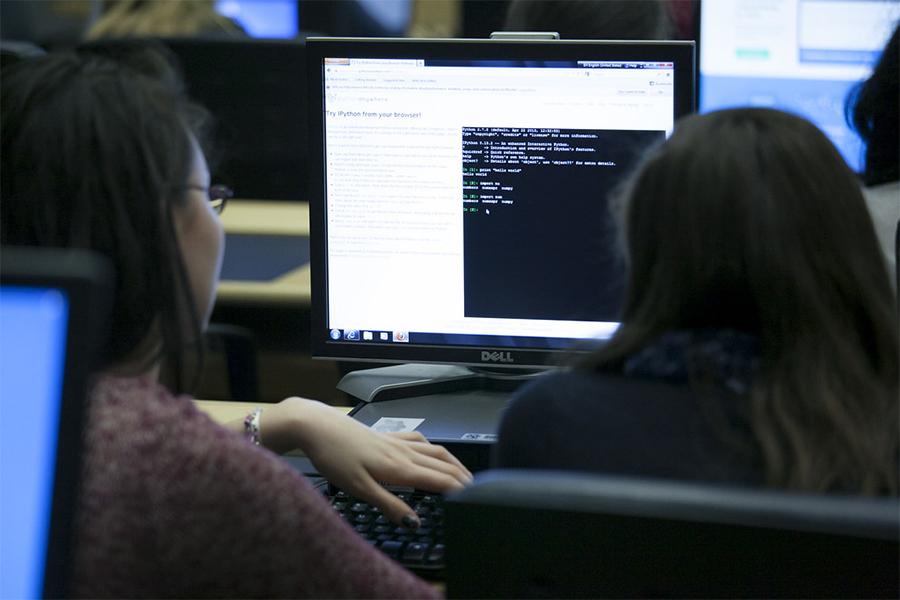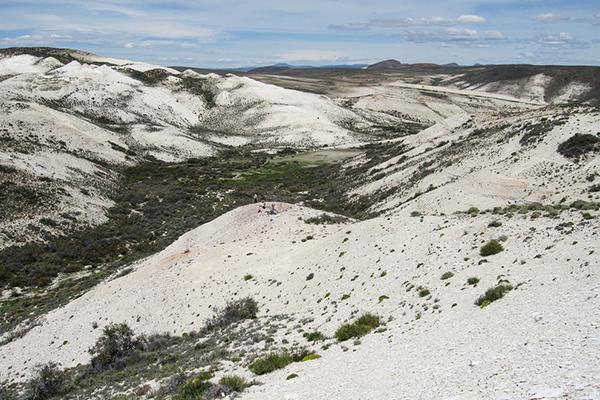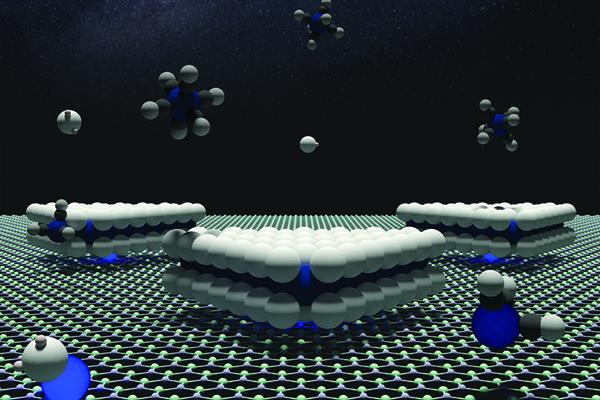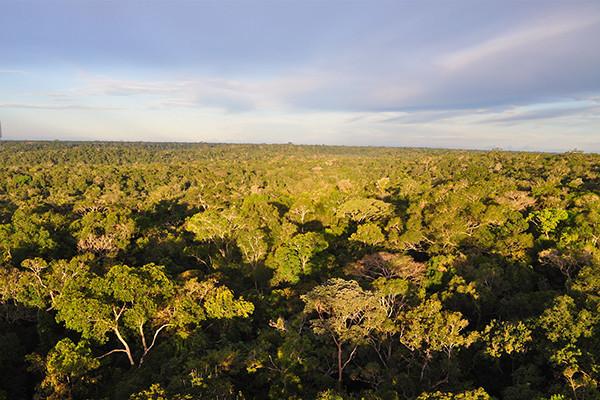Read the latest news about research conducted by investigators in the College of Earth and Mineral Sciences. Our faculty and students are continually advancing technology, creating solutions and expanding knowledge with new and innovative research.
News
Native forests make up 1percent of the landscape in South Africa but could play a key role in reducing atmospheric carbon and identifying sustainable development practices that can be used globally to counter climate change, according to a Penn State researcher.
Chris Giebink, associate professor of electrical engineering at Penn State, has been awarded a two-year, $1.1 million grant from the U.S. Department of Energy for his research in organic light-emitting diodes (OLEDs). The research is focused on increasing the efficiency of OLEDs used for room lighting.
The College of Information Sciences and Technology (IST) recently announced eight projects that will receive funding from the college’s Seed Grant Program. The program provides preliminary funding for IST researchers to initiate new projects.
One of the world's most important plant families has a history extending much farther south than any live or fossil specimen previously recorded, as shown by chinquapin fruit and leaf fossils unearthed in Patagonia, Argentina, according to researchers.
The origin of flaked-stone tool production is older than 2.58 million years ago, according to an international team of scientists working at the Bokol Dora 1 archaeological site in the Afar region of Ethiopia. Previously the oldest evidence of flaked-stone tools was younger than 2.58 million years ago.
A technique that introduces carbon-hydrogen molecules into a single atomic layer of the semiconducting material tungsten disulfide dramatically changes the electronic properties of the material, according to Penn State researchers who say they can create new types of components for energy-efficient photoelectric devices and electronic circuits with this material.
While methane pollution caused by natural gas production in Pennsylvania is underestimated by the U.S. Environmental Protection Agency, natural gas still has half the carbon footprint of underground coal mining, according to an international team of researchers.
Creating two-dimensional materials large enough to use in electronics is a challenge despite huge effort but now, Penn State researchers have discovered a method for improving the quality of one class of 2D materials, with potential to achieve wafer-scale growth in the future.
Federally sponsored science plays a more significant role in bringing together stakeholders and facilitating environmental governance debates than all other types of research, according to an international team of researchers.
Plumes of air pollution generated from a rapidly expanding city within the Amazon rainforest are wafting hundreds of miles and degrading air quality in the pristine rainforest, according to a team of scientists.



